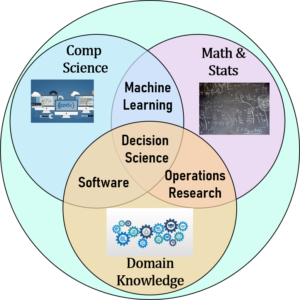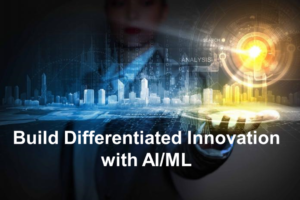
How do we model the real world in computers? How do we solve real world problems with computers?
Math is neat, it captures the truth without any of the unnecessary ugliness. Most importantly it gives us millennia of accumulated tools to make sense out of a model of reality. But is it too neat to be real? How do you capture the dynamic nature of a moving world in a neat model? Do the beautiful results that come from the models represent viable solutions to real world problems?
Data is dirty, but it is not a nicely massaged version of the world. It is dynamic and continuous, lends itself to making connections with larger and larger representations of the world as we collect more types of data. If you tease and torture data long enough it will reveal all the truth with all the ugliness inherent in complete truth. It may not give a nice beautiful global optimal or nice stories with explanations and interpretations.
How are we to build rigorous, smart, and learning systems that solve problems? Practically speaking, can we reduce the need for very highly trained scientists to solve and evolve routine problems? Can we create a problem modeling and solving ontology that is accessible to programmers so solutions can be cranked out at great speeds and manageable costs?
Marrying these disciplines is the need of the hour. Academia has started the journey. Increasingly machine learning literature and training is incorporating well established OR techniques. OR is doing a commendable job contributing to Machine Learning. Industry is leading the effort by building diverse teams with contributors from all the three domains. The final solution sits on top of combined contributions.
The progress of Bayesian statistics and its contributions to rigorous ML is wonderful. Cutting plane techniques and their contribution to search and NLP is game changing. Reformulation linearization techniques are promising great computational advantages to an entire class of ML problems.
European law provides consumers with a right to explainability to machine decisions. Medical professionals are not going to trust machine recommendations without interpretability. Financial instrument pricing methods need interpretations. Domain specific math models need learning ability and modeling flexibility.
Let the era of Machine Learning OR models expand!!



